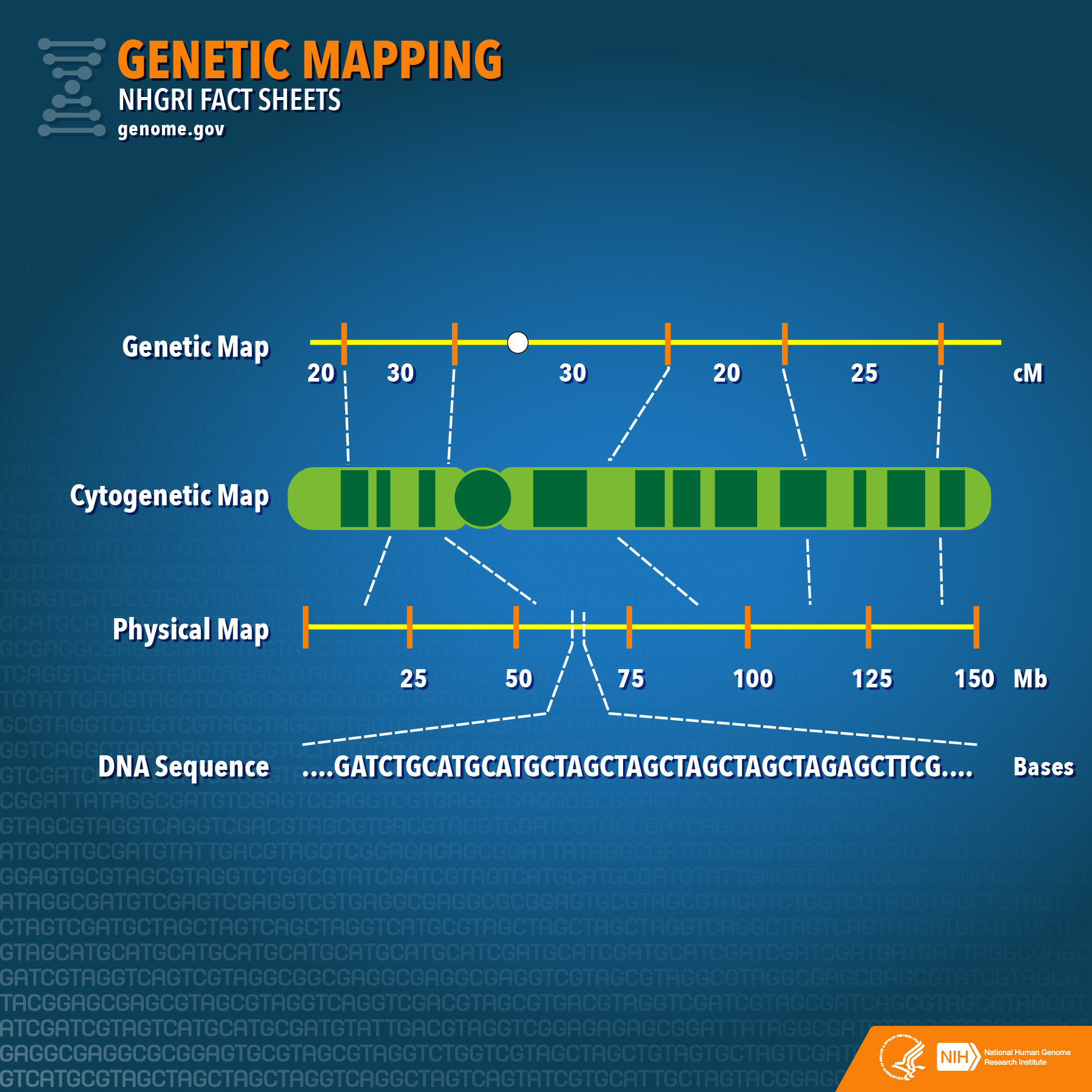

Such insights are vital for understanding the genetic contributions to certain diseases and for using genome sequence as a routine part of clinical care in the future. The now-complete human genome sequence will be particularly valuable for studies that aim to establish comprehensive views of human genomic variation, or how people's DNA differs. "This foundational information will strengthen the many ongoing efforts to understand all the functional nuances of the human genome, which in turn will empower genetic studies of human disease." "Generating a truly complete human genome sequence represents an incredible scientific achievement, providing the first comprehensive view of our DNA blueprint," said Eric Green, M.D., Ph.D., director of NHGRI. These studies provide more accurate information about the genomic variants within 622 medically relevant genes. The T2T consortium used the now-complete genome sequence as a reference to discover more than 2 million additional variants in the human genome. This helps answer basic biology questions about how chromosomes properly segregate and divide. “There’s an aspect of this that’s like, we don’t know yet what we don’t know.Analyses of the complete genome sequence will significantly add to our knowledge of chromosomes, including more accurate maps for five chromosome arms, which opens new lines of research. “Opening up these new parts of the genome, we think there will be genetic variation contributing to many different traits and disease risk,” said Rajiv McCoy, of Johns Hopkins University and a participant in the Telomere to Telomere (T2T) consortium. The science behind the sequencing effort and some initial analysis of the new genome regions are outlined in six papers published in the journal Science. They are dense bundles of DNA that hold chromosomes together and play a role in cell division, but until now had been considered unmappable because they contain thousands of stretches of DNA sequences that repeat over and over. The work is also likely to lead to a better understanding of enigmatic components of the genome known as centromeres. Variability within these regions may also provide crucial clues to how our human ancestors underwent rapid evolutionary changes that led to more complex cognition.

One area of interest is that the parts of the genome with many repeated stretches include those where most of human genetic variation is found. Now that we can clearly see everything, we are one step closer to understanding what it all means.” “Truly finishing the human genome sequence was like putting on a new pair of glasses. “In the future, when someone has their genome sequenced, we will be able to identify all of the variants in their DNA and use that information to better guide their healthcare,” said Dr Adam Phillippy, of the National Human Genome Research Institute in Maryland and co-chair of the consortium. Together these two advances allowed them to decode the more than 3bn letters that comprise the human genome. Scientists were able to simplify the puzzle further by using an unusual cell type that only contains DNA inherited from the father (most cells in the body contain two genomes – one from each parent). New “long-read” sequencing techniques that decode big chunks of DNA at once – enough to capture many repeats – helped overcome this hurdle. Stretches of text that contain a lot of common or repeated words and phrases would be harder to put in their correct place than more unique pieces of text. Sequencing a genome is something like slicing up a book into snippets of text then trying to reconstruct the book by piecing them together again.


 0 kommentar(er)
0 kommentar(er)
